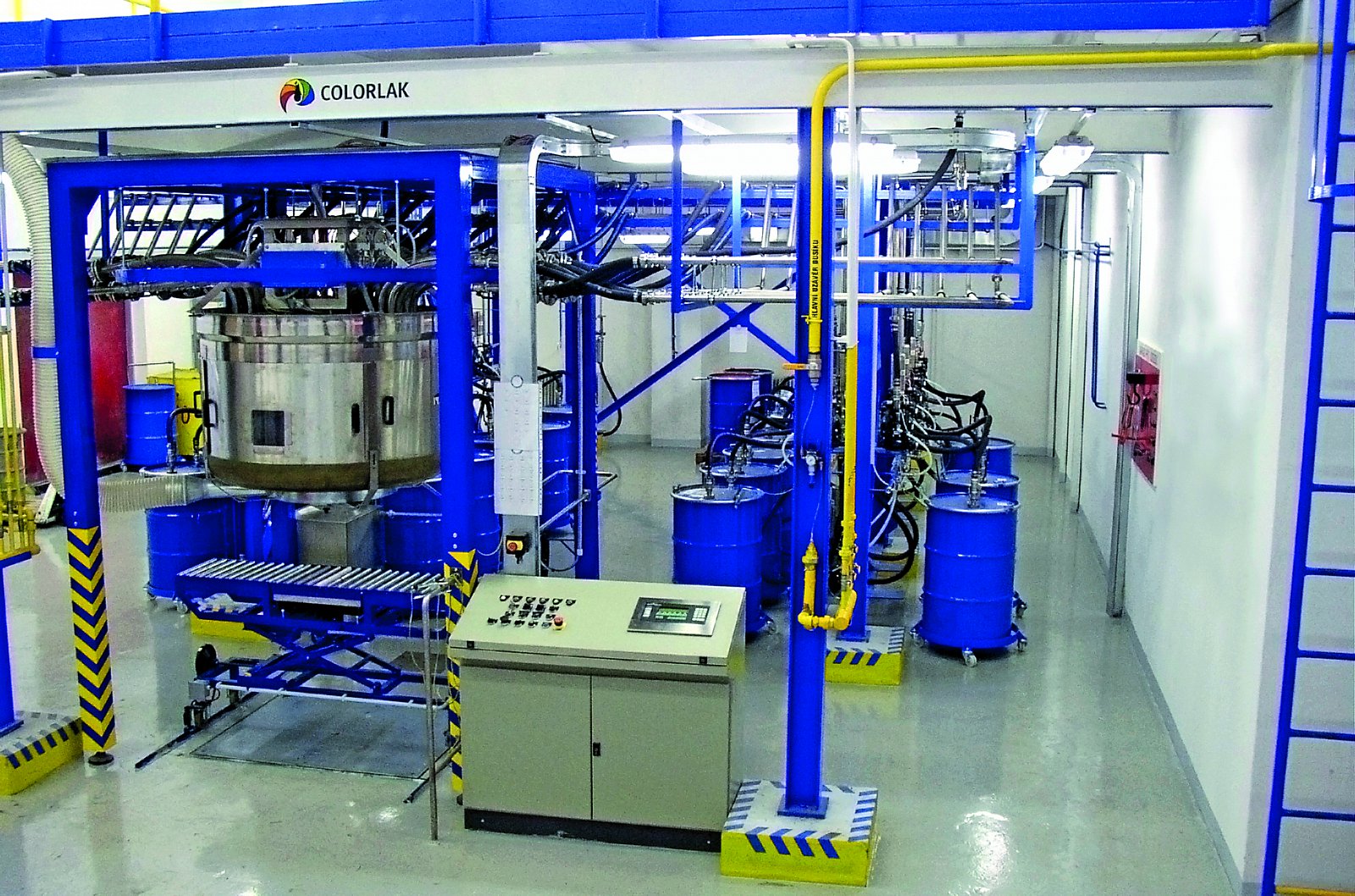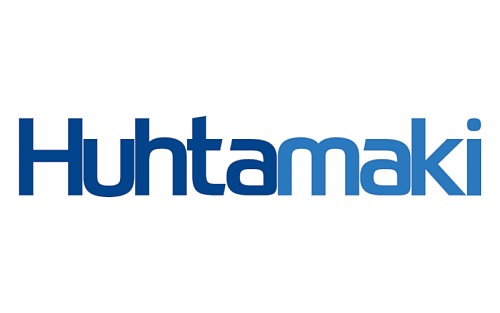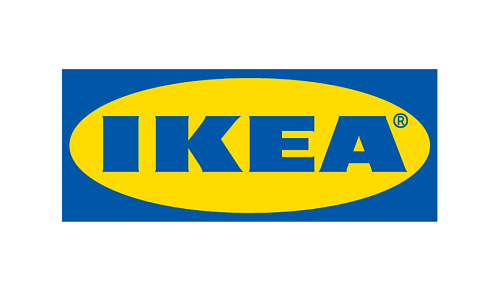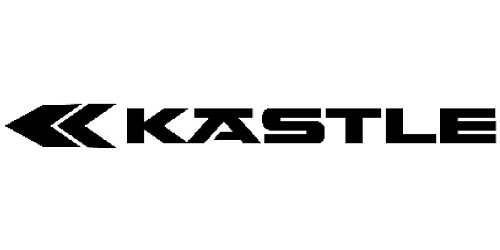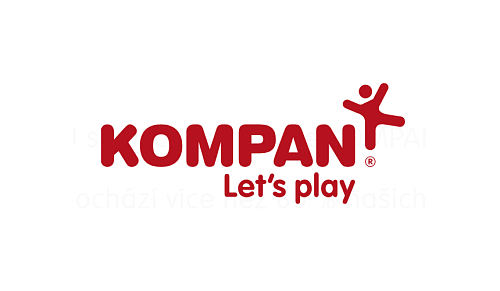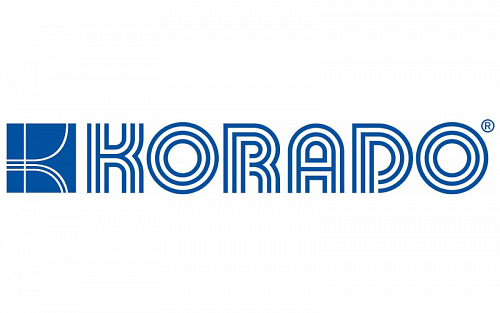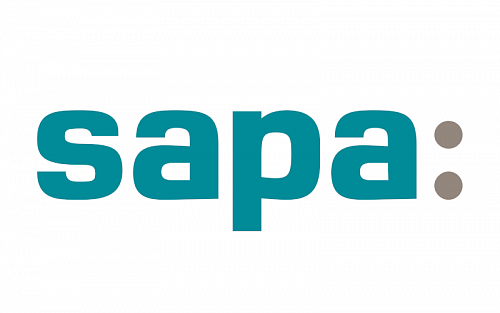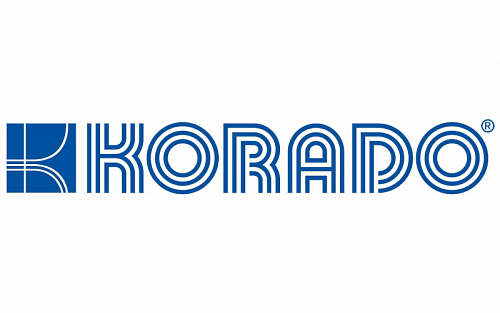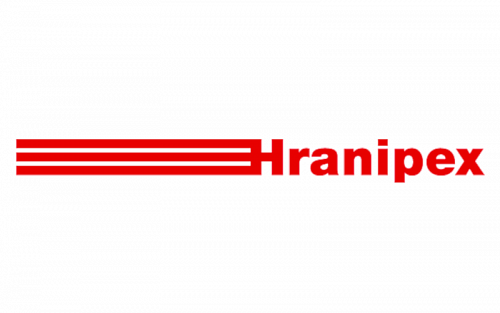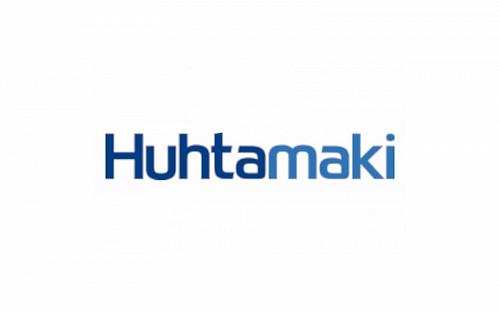Colorlak
Colorlak is the largest producer and distributor of paints in the Czech Republic.
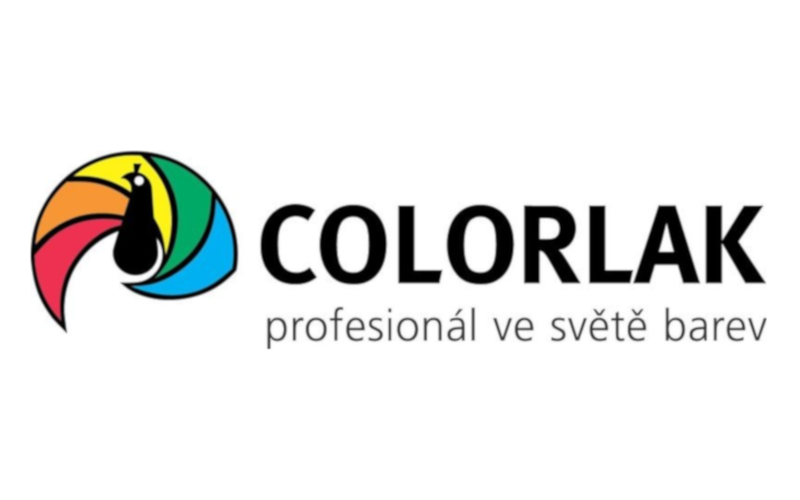
company
- name: Colorlak, a.s.
- location: Staré Město u Uherského Hradiště, CZ
- industry: consumer products
- production & technology: production and distribution of paints
solution
- QAD Enterprise Applications: QAD eB 2.1
- other applications: Minerva DMS
- database: Progress
- operating system: CentOS
- hardware: HP DL380 Gen9
